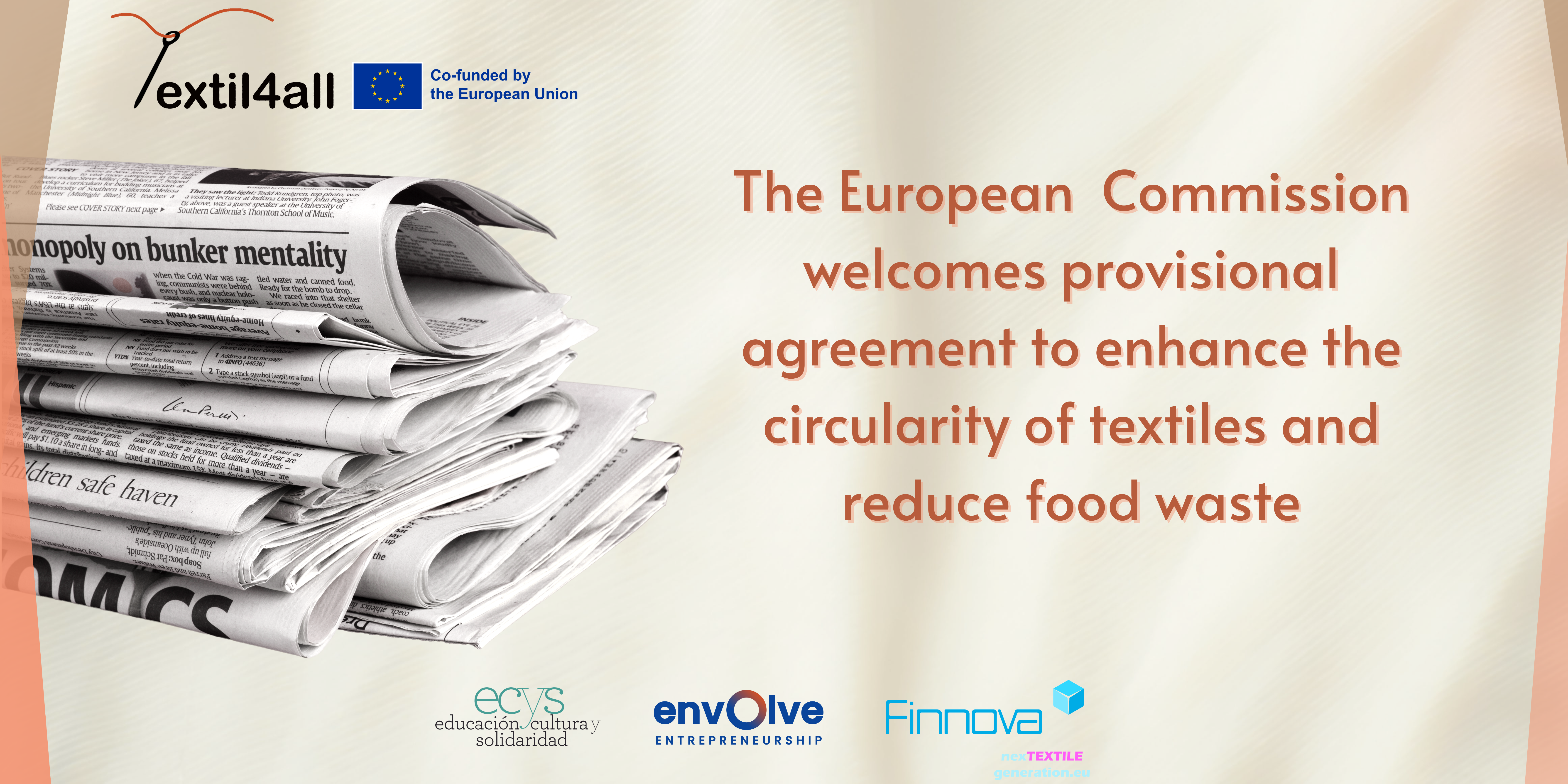The European Commission has recently announced a significant update to the Waste Framework Directive, aiming to foster a circular economy across the EU. This revised directive introduces harmonised rules to enhance sustainability for businesses and consumers, particularly in the textile sector. Key measures include the implementation of Extended Producer Responsibility (EPR) schemes for textiles and footwear, encouraging producers to design more durable and recyclable products. Additionally, the directive addresses illegal textile waste exports and promotes investment in recycling and reuse infrastructure. These changes mark a crucial step towards more sustainable and circular practices in the textile industry.
Key points:
- Circular Economy and Sustainability: The revised Directive will promote a circular economy throughout the EU, fostering innovation and more sustainable industrial and consumer practices.
- Harmonised Common Rules: The Directive establishes a common set of rules that will increase sustainability for businesses and consumers, harmonising the single market for used and waste textiles.
- Extended Producer Responsibility (EPR): Each Member State will set up its own EPR scheme for textile and footwear products. Textile producers will contribute to the management of used and waste textiles, encouraging the design of longer-lasting textile products that are easier to reuse, repair, and recycle.
- Investment in Recycling and Reuse: Producers’ contributions will foster investment in separate collection, sorting, reuse, and recycling capacities, contributing to the creation of a circular economy for textiles.
- Illegal Textile Waste Exports: The new rules tackle illegal textile waste exports by clearly defining what constitutes «waste» versus «reusable» textiles. Sorting will take place before used textiles are shipped.
- Next Steps: The European Parliament and the Council will now formally adopt the revised Directive before it can enter into force. It will enter into force 20 days after its publication in the Official Journal of the EU, and Member States will have 20 months to transpose the Directive into national legislation.
More info: https://ec.europa.eu/commission/presscorner/detail/en/ip_25_548

